3D printing is rapidly becoming an essential tool for manufacturing and prototyping. Stereolithography (SLA) printers are among the most popular 3D printers due to their high accuracy and resolution. SLA printers use a photo-polymerization process to create three-dimensional objects from a digital file. In this article, we will explore the features and benefits of SLA printers, as well as provide an overview of the different types of SLA printers available on the market.
Stereolithography (SLA) printers
are advanced 3D printing technologies that use light to create highly detailed and accurate products.SLA printers use a liquid resin, which is cured when exposed to ultraviolet (UV) light and builds layer by layer. This article provides an overview of SLA printers and their applications. SLA printers work by using a laser or LED light to cure the liquid resin in thin layers. The light cures the resin in the shape of the desired object, and the layers are built up one at a time until the object is complete. Different materials can be used in SLA printing, including photopolymers resins, wax, and ceramics.
Each material has different properties and can be used for different applications. One of the advantages of using SLA printers is that they can produce highly detailed and accurate products. SLA printers can be used to create complex shapes that would be difficult or impossible to achieve with traditional manufacturing methods. Medical implants, automotive parts, jewelry, and art objects are just some of the products that can be produced with SLA printers. SLA technology has improved over time, making it possible for industrial-grade machines to produce parts with high resolution and accuracy. The cost of SLA printers has also decreased over time, making them more accessible to businesses and individuals. When using SLA printers, safety precautions should be taken to ensure proper handling of hazardous materials and protect against potential hazards.
The workspace should be kept clean and well-ventilated, and all safety guidelines should be followed. Protective eyewear should also be worn when operating the printer. There are several types of SLA printers available on the market. Entry-level models are suitable for hobbyists and small businesses, while industrial-grade machines are designed for high-volume production. Resolution, build area, and speed are some of the features to consider when choosing an SLA printer for a particular application.
Cost is also an important factor; SLA printers can be more expensive than other 3D printing technologies. Maintenance is an important part of keeping an SLA printer running properly. Regular cleaning and calibration should be done to ensure optimal performance. Troubleshooting common problems with SLA printers can help ensure smooth operation and minimize downtime. Optimizing performance is essential for producing high-quality prints with an SLA printer. This includes ensuring that the printer is properly calibrated and set up, selecting the right resin for the application, and using appropriate build parameters.
Following best practices for operating SLA printers will help ensure success. In conclusion, stereolithography (SLA) printers are advanced 3D printing technologies that use light to create highly detailed and accurate products. Different materials can be used in SLA printing, including photopolymer resins, wax, and ceramics. The cost of SLA printers has decreased over time, making them more accessible to businesses and individuals. Safety precautions should be taken when using SLA printers, and regular maintenance should be done to ensure optimal performance.
Choosing the right type of printer for a particular application will help ensure success in producing high-quality prints.
Materials Used with SLA Printers
Stereolithography (SLA) printers are capable of using a wide range of materials to create highly detailed and accurate products. This includes resins, plastics, metals, and ceramics. Each material has its own unique properties and advantages, as well as drawbacks. Resins are the most commonly used material in SLA printing.They are a liquid polymer that is cured when exposed to ultraviolet (UV) light. Resins come in a variety of colors and have different properties, such as hardness and flexibility. They are ideal for producing highly detailed parts with intricate designs. Plastics are also used in SLA printing.
They are typically stronger than resins, but may not be as detailed. Metals can also be used, although they require additional post-processing for finishing. They are typically used for creating complex parts or components that need to be extremely durable or heat-resistant. Ceramics are another common material used in SLA printing.
Ceramics have excellent thermal properties, making them ideal for parts that need to withstand extreme temperatures. Additionally, they have good electrical insulation properties, making them ideal for parts that require electrical isolation. Each type of material has its own advantages and disadvantages, depending on the application. Resins are ideal for producing highly detailed parts with intricate designs but may not be as strong as other materials.
Plastics are stronger than resins but may not be as detailed. Metals require additional post-processing for finishing but are ideal for creating complex components that need to be extremely durable or heat-resistant. Ceramics have excellent thermal properties but may not be as strong as other materials.
Applications of SLA Printers
Stereolithography (SLA) printers are becoming increasingly popular in a variety of industries due to their ability to create highly detailed and accurate products.SLA printing technology uses a liquid resin, which is cured when exposed to ultraviolet (UV) light and builds layer by layer. This article provides an overview of some of the applications of SLA printing technology. One of the main applications of SLA printing technology is the production of medical implants and prosthetics. SLA printing allows for highly precise and accurate products to be created, which is essential for medical devices. The use of SLA printing technology also allows for a wide range of customization options for medical implants, enabling physicians to tailor the implants to each individual patient’s needs. SLA printers are also becoming increasingly popular in the automotive industry for the production of parts such as dashboards, door handles, and other components.
SLA printing technology offers a cost-effective way to produce complex parts with high levels of accuracy and precision. Furthermore, SLA printing technology allows for the production of lightweight parts, which can help reduce fuel costs. SLA printing technology is also being used in the jewelry industry to create intricate and detailed designs. SLA printing enables jewelers to create custom pieces that are highly detailed and precise. The use of SLA printing technology also allows for a wide range of customization options for jewelry pieces. SLA printing technology is also being used in the art world for creating intricate sculptures and objects.
The use of SLA printing technology allows artists to create complex and detailed pieces that would otherwise be impossible to produce with traditional methods. Furthermore, SLA printing enables artists to create unique pieces that are not only aesthetically pleasing but also highly functional. The use of SLA printing technology offers a number of advantages over traditional manufacturing methods. The use of SLA printing technology enables businesses and individuals to create highly detailed and accurate products quickly and cost-effectively. Furthermore, SLA printing technology allows for a wide range of customization options, enabling businesses to tailor products to their specific needs. Stereolithography (SLA) printers are advanced 3D printing technologies that use light to create highly detailed and accurate products.
They have many advantages, including the ability to create complex geometries with high precision, a wide range of materials that can be used, and the ability to produce parts quickly. However, SLA printers also have some drawbacks such as higher costs, higher susceptibility to environmental factors, and a lack of support for large objects. Despite these drawbacks, SLA is still a popular choice for producing highly detailed and accurate products due to its precision and material capabilities. In conclusion, SLA printers are a powerful tool for creating highly detailed and accurate products. They are capable of using a variety of materials, producing complex geometries with precision, and creating parts in a relatively short amount of time.
SLA is a great choice for any project requiring detailed results.
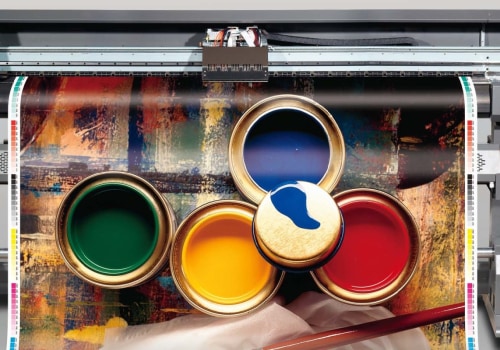

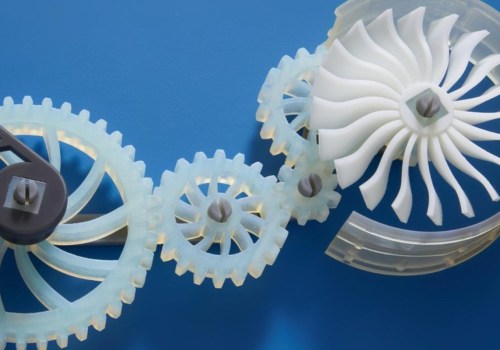

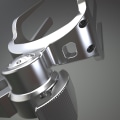




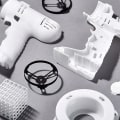
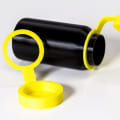
Leave Message